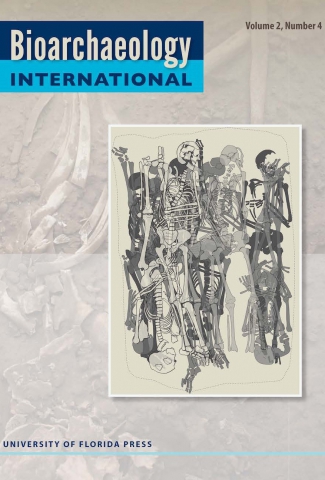
Bioarchaeology International 2: 240–254
Os resectum, or “cut bone,” is an obscure Roman funerary rite known primarily from literary sources. To date, archaeological examples have been recovered from Rome, Ostia, Herculaneum, and Pithekoussai, but no cases have been positively identified in the western provinces of the Roman Empire. This article presents bioarchaeological evidence concerning an unusual pattern of preservation for the bones of a single finger in a burial from a cemetery dating to the late second to mid-third century A.D. in the Roman colony of Lincoln, England. It explores the implications of this evidence for the identification and performance of os resectum and for understanding rites of passage surrounding Roman death. As well as revealing the value of integrating scientific and theoretical perspectives in the investigation of questions surrounding ritual behavior, it is argued that os resectum provides evidence to support the presence of a widespread concept of somatic partibility at the heart of Roman forms of personhood.
